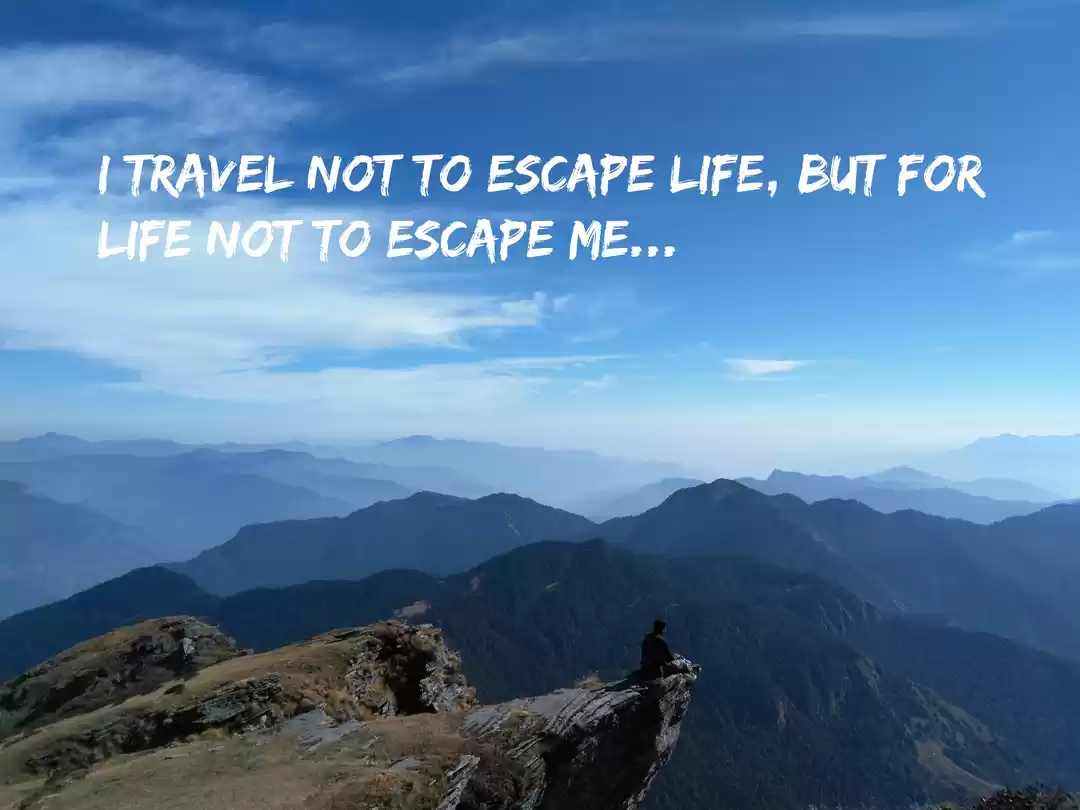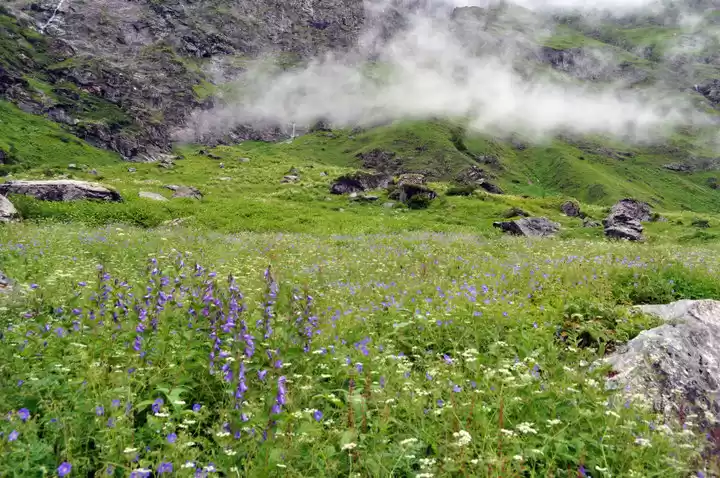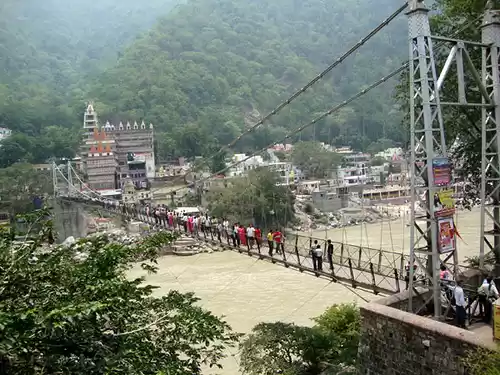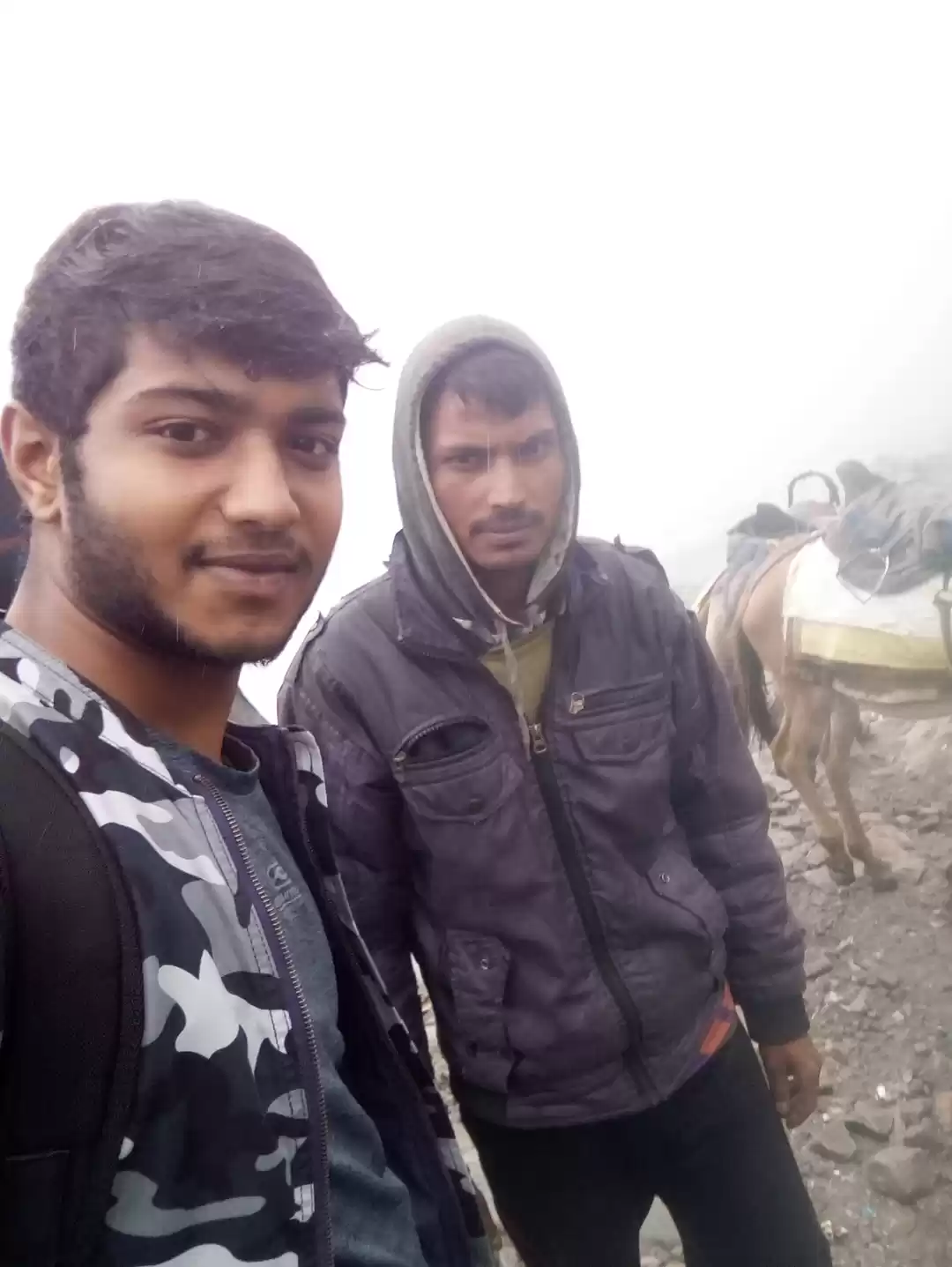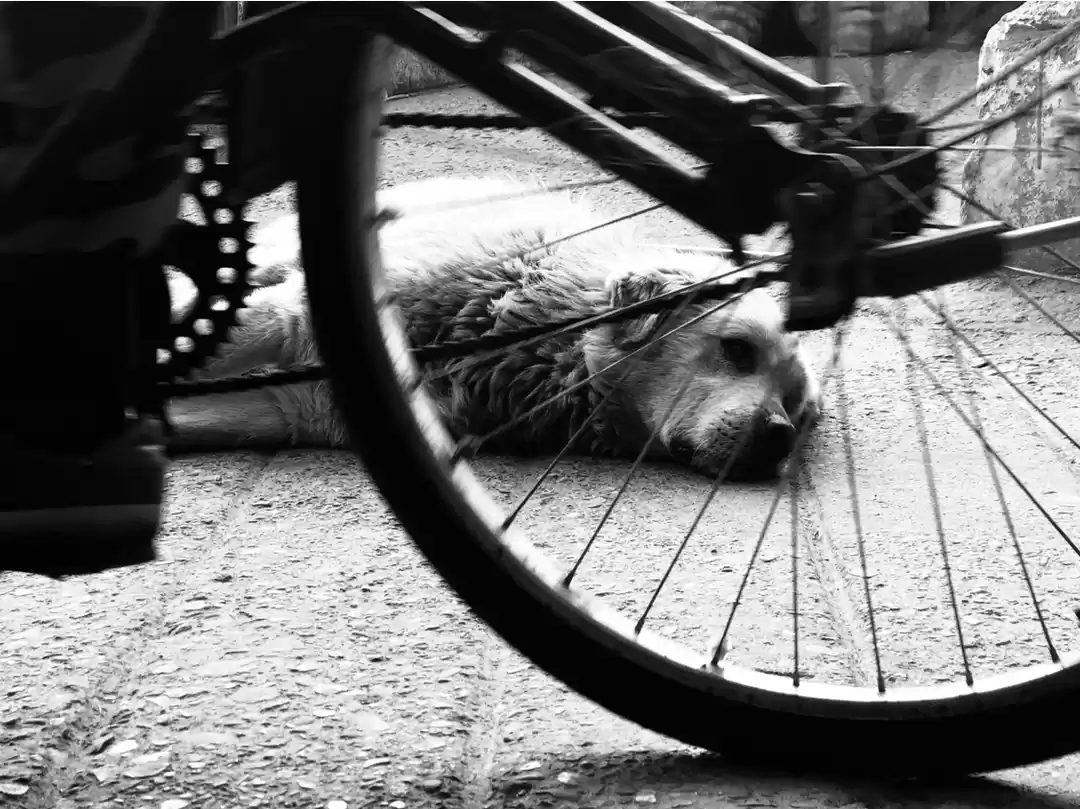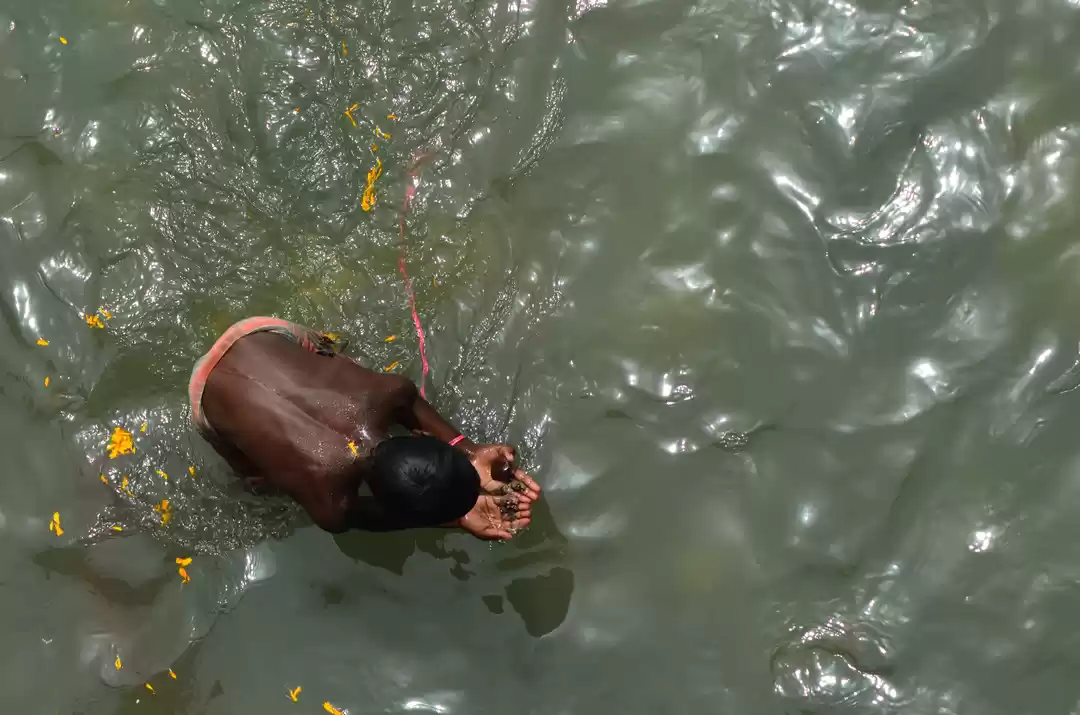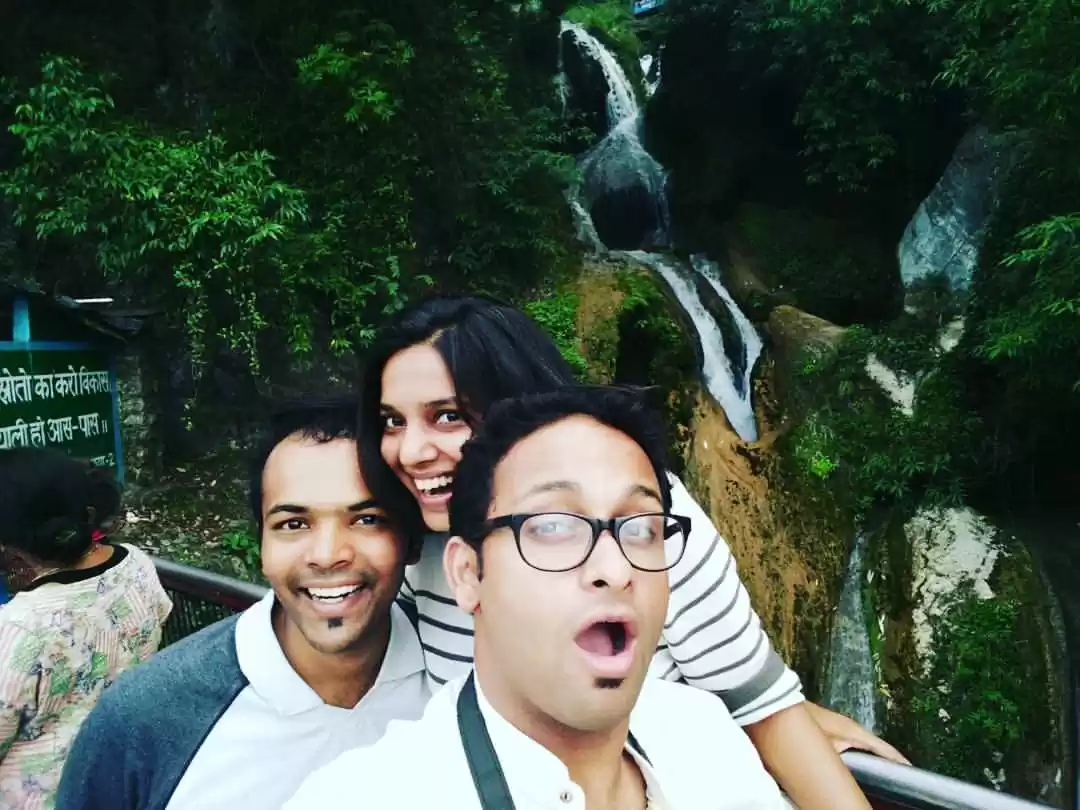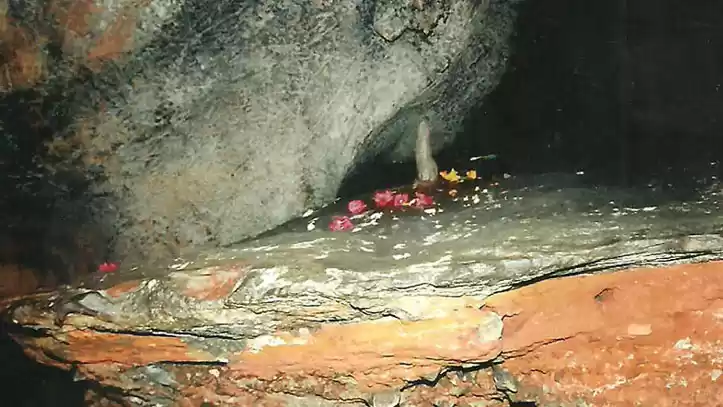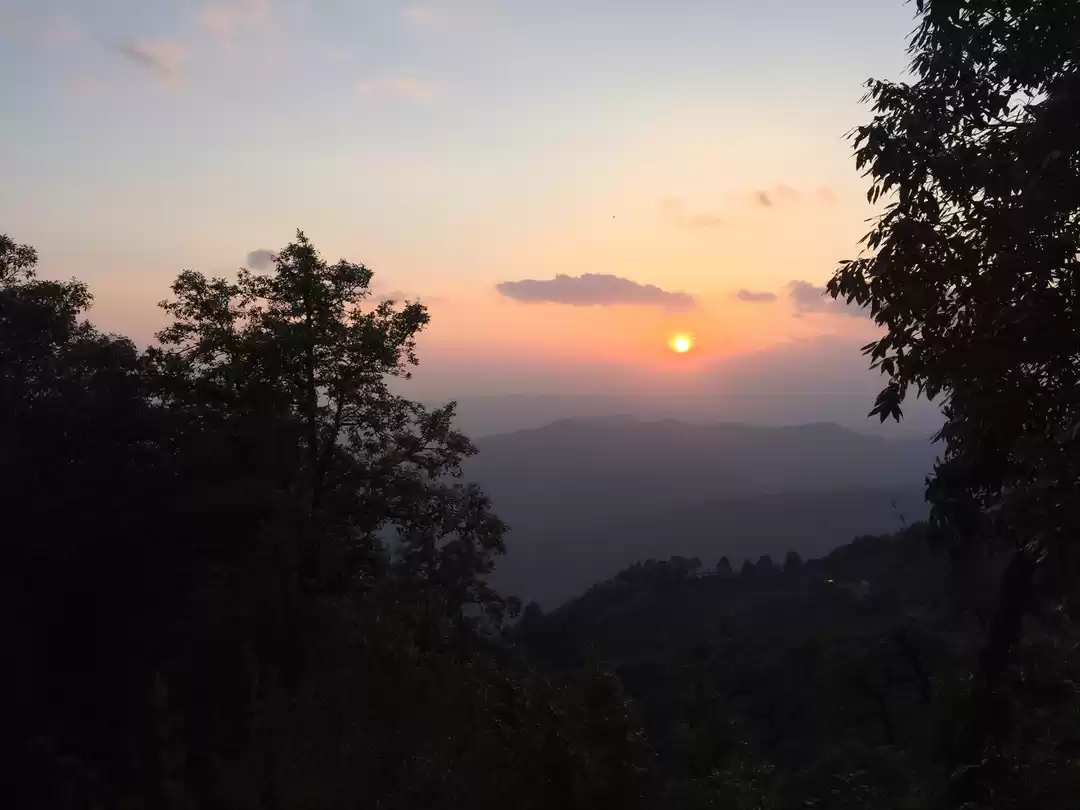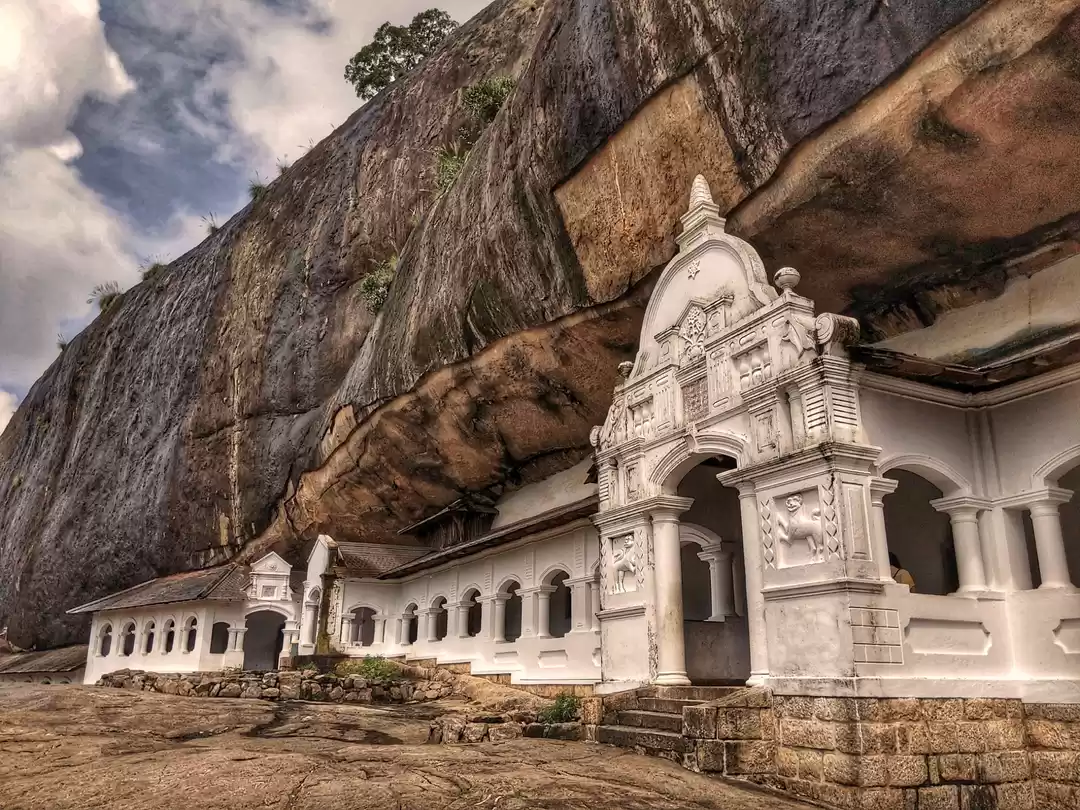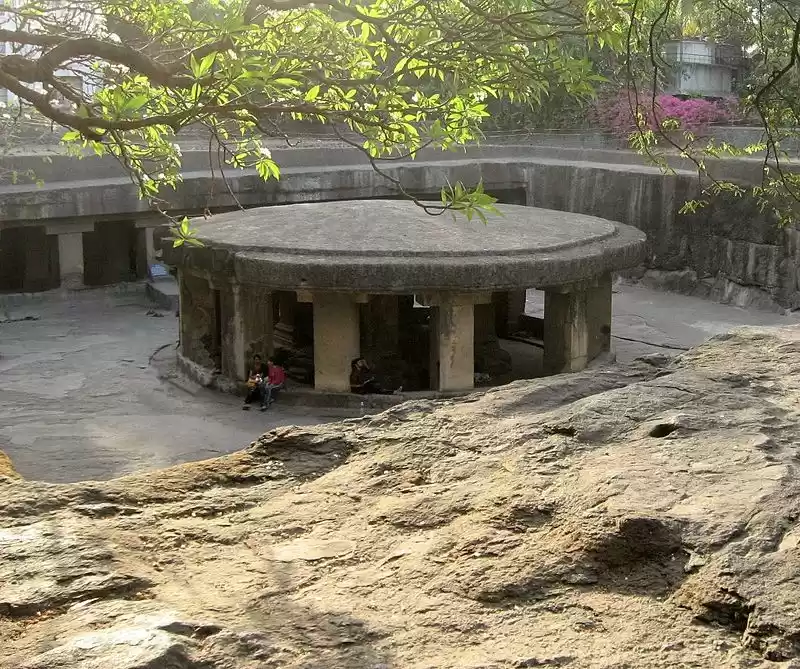Have you ever wondered what it would be like to enter a cave that is believed to be the gateway to the underworld? A cave that is filled with mysterious and awe-inspiring rock formations that depict the legends and deities of Hindu mythology? A cave that is said to be the home of Lord Shiva, the supreme god of destruction and transformation?

If you are looking for such an adventure, then you should visit Patal Bhuvaneshwar, a magical and spiritual place in the Kumaon region of Uttarakhand. Patal Bhuvaneshwar is a limestone cave temple dedicated to Lord Shiva, located near the town of Gangolihat. It is one of the most fascinating and sacred places of India, where you can witness the wonders of nature and the mysteries of faith.
In this article, we will take you on a mystical journey into Patal Bhuvaneshwar and its cave temple. We will explore the history, mythology, significance, attractions, activities, best time to visit, and how to reach Patal Bhuvaneshwar. We will also provide you with some tips and recommendations to make your trip more enjoyable and memorable.
History of Patal Bhuvaneshwar
Patal Bhuvaneshwar has a rich and ancient history that dates back to the time of creation. According to Hindu scriptures, Patal Bhuvaneshwar was created by Lord Brahma, the god of creation, as one of the four abodes of Lord Shiva. The other three are Kedarnath, Amarnath, and Mount Kailash.
The cave temple was first discovered by King Rituparna of the Surya dynasty in the Treta Yuga (the second epoch of Hindu cosmology). He was guided by his charioteer Nandi, who was none other than Lord Shiva himself in disguise. King Rituparna was amazed by the beauty and mystery of the cave and named it Patal Bhuvaneshwar, meaning “the hidden place of Lord Shiva”.
The cave temple was later rediscovered by Adi Shankaracharya, the great philosopher and reformer of Hinduism, in the 8th century CE. He established the worship and rituals of the temple and appointed priests from the Bhandari family to serve as its custodians. The Bhandari family still performs the daily puja and aarti at the temple.
The cave temple has been visited by many kings, saints, sages, and pilgrims over the centuries. Some of them are Raja Bhartrihari, Raja Dilip Singh, Swami Vivekananda, Mahatma Gandhi, Jawaharlal Nehru, Indira Gandhi, etc. The cave temple has also been renovated and expanded by various rulers over time.
The cave temple is about 160 meters long and 90 feet deep from the entrance. It has a narrow tunnel-like opening that leads to a spacious chamber. The chamber has several smaller caves that branch out in different directions. The cave temple has about 600 steps that descend into its depths.
Mythology about Patal Bhuvaneshwar
Patal Bhuvaneshwar is not just a natural wonder but also a spiritual treasure. It is a place where mythology comes alive in the form of rock formations and figures that represent various aspects of Hindu cosmology. The cave temple is said to contain the secrets of the past, present, and future.
According to Hindu mythology, Patal Bhuvaneshwar is the place where Lord Shiva resides with his consort Parvati and his sons Ganesha and Kartikeya. It is also the place where he performed his cosmic dance (Tandava) that led to the creation and destruction of the universe. It is also the place where he holds his court (Durbar) with other gods and goddesses.
The cave temple has many rock formations and figures that depict different gods, goddesses, sages, animals, etc. Some of them are:
The four Vedas (the sacred scriptures of Hinduism) in the form of four pillars at the entrance.
The four Yugas (the epochs of Hindu cosmology) in the form of four human figures at different heights.
The four sons of Lord Brahma (the creators of the four Vedas) in the form of four faces on a rock.
The celestial cow Kamadhenu (the mother of all cows) in the form of a cow’s udder on a rock.
The serpent king Sheshnag (the supporter of the earth) in the form of a snake’s hood on a rock.
The elephant-headed god Ganesha (the remover of obstacles) in The elephant-headed god Ganesha (the remover of obstacles) in the form of a trunk-like projection on a rock.
The six-headed god Kartikeya (the commander of the gods) in the form of six faces on a rock.
The goddess Parvati (the consort of Lord Shiva) in the form of a lotus-like figure on a rock.
The god Hanuman (the devotee of Lord Rama) in the form of a monkey-like figure on a rock.
The sage Agastya (the founder of Tamil literature) in the form of a human figure sitting on a rock.
The sage Markandeya (the immortal devotee of Lord Shiva) in the form of a human figure holding a rosary on a rock.
The sage Narada (the messenger of the gods) in the form of a human figure playing a veena (a stringed instrument) on a rock.
The god Vishnu (the preserver of the universe) in the form of a human figure lying on a rock.
The god Brahma (the creator of the universe) in the form of a human figure sitting on a lotus on a rock.
The god Shiva (the destroyer and transformer of the universe) in the form of a lingam (a phallic symbol) on a rock.
These are just some of the many rock formations and figures that can be seen in Patal Bhuvaneshwar. There are many more that are hidden or inaccessible to the human eye. It is said that only those who are blessed by Lord Shiva can see and understand the true meaning and significance of these formations and figures.

Attractions and Activities in Patal Bhuvaneshwar
Patal Bhuvaneshwar is not only a place of worship but also a place of adventure and exploration. There are many attractions and activities that tourists can enjoy in Patal Bhuvaneshwar and its surroundings. Some of them are:
Patal Bhubaneswar Temple: The main attraction of Patal Bhuvaneshwar. It is a cave temple dedicated to Lord Shiva. It is open from 6 am to 6 pm every day. The entry fee is Rs. 20 per person. The cave temple can accommodate only 25 people at a time, so there may be a waiting time during peak seasons. The cave temple is dark and damp, so it is advisable to carry torches, water bottles, and warm clothes. The cave temple is also slippery and steep, so it is advisable to wear comfortable shoes and follow the instructions of the guides and priests. The cave temple is an amazing experience for anyone who loves nature, culture, spirituality, and adventure.
Haat Kalika Temple: A famous temple dedicated to Goddess Kali, located near Gangolihat town, about 14 km from Patal Bhuvaneshwar. It is one of the Shakti Peethas, where the body parts of Goddess Sati fell after she immolated herself. It is said that her ear fell at this place, hence the name Haat Kalika, meaning “the ear of Kali”. It is also said that Adi Shankaracharya established this temple as one of the 51 Shakti Peethas. The temple is open from 6 am to 8 pm every day. The entry is free for all. The temple is decorated with colorful flags and bells. The temple has a large idol of Goddess Kali, adorned with flowers and jewelry. The temple is also known for its animal sacrifices, especially goats, that are offered to the goddess during festivals such as Navratri and Dussehra.
Berinag: A scenic hill station near Patal Bhuvaneshwar, about 10 km away. It offers a panoramic view of the Himalayan peaks, such as Nanda Devi, Trishul, Panchachuli, etc. It is also known for its tea gardens and snake temples. It is an ideal place for nature lovers, photographers, and trekkers. It has some hotels and guest houses for accommodation. It also has some shops and restaurants for food and refreshments.
Meditation: A spiritual activity that can be done in Patal Bhuvaneshwar. The cave temple provides a serene and peaceful environment for meditation. It is said that meditating in Patal Bhuvaneshwar can lead to enlightenment and liberation from the cycle of birth and death. It can also help in attaining peace, happiness, and wisdom. It is advisable to meditate under the guidance of a guru or a priest who can teach the proper techniques and mantras for meditation.
Best Time to Visit Patal Bhuvaneshwar
Patal Bhuvaneshwar can be visited throughout the year as it has a pleasant climate. However, some months are more preferable than others depending on one’s preference and purpose. Some of the best months to visit Patal Bhuvaneshwar are:
March to June: The summer season in Patal Bhuvaneshwar. It is ideal for sightseeing and outdoor activities. The temperature ranges from 15°C to 30°C. It is also a good time to witness some festivals such as Holi and Shivaratri.
September to November: The autumn season in Patal Bhuvaneshwar. It is ideal for enjoying the natural beauty and the clear view of the Himalayas. The temperature ranges from 10°C to 25°C. It is also a good time to witness some festivals such as Dussehra and Diwali.
December to February: The winter season in Patal Bhuvaneshwar. It is ideal for experiencing the snowfall and the chilly weather. The temperature ranges from 0°C to 15°C. It is also a good time to witness some festivals such as Makar Sankranti and Basant Panchami.
How to Reach Patal Bhuvaneshwar
Patal Bhuvaneshwar is well connected by road with major cities and towns of Uttarakhand and nearby states. One can take a taxi or a bus to reach Patal Bhuvaneshwar from places such as Delhi, Nainital, Corbett, Ranikhet, Kausani, etc. Some of the ways to reach Patal Bhuvaneshwar are:
By Flight: The nearest airport to Patal Bhuvaneshwar is Pantnagar Airport, which is about 244 km away. From there, one can take a taxi or a bus to reach Patal Bhuvaneshwar via Haldwani, Almora, and Gangolihat.
By Train: The nearest railway station to Patal Bhuvaneshwar is Kathgodam Railway Station, which is about 199 km away. From there, one can take a taxi or a bus to reach Patal Bhuvaneshwar via Haldwani, Almora, and Gangolihat.
By Road: Patal Bhuvaneshwar is well connected by road with major cities and towns of Uttarakhand and nearby states. One can take a taxi or a bus to reach Patal Bhuvaneshwar from places such as Delhi, Nainital, Corbett, Ranikhet, Kausani, etc.
Conclusion
Patal Bhuvaneshwar is a unique and unforgettable destination for anyone who loves nature, culture, spirituality, and adventure. It is a place where you can witness the wonders of nature and the mysteries of faith. It is a place where you can experience the history, mythology, significance, attractions, activities, best time to visit, and how to reach Patal Bhuvaneshwar.
If you are looking for a mystical journey into the abode of Lord Shiva, then you should visit Patal Bhuvaneshwar. You will be amazed by the beauty and mystery of the cave temple and its surroundings. You will also be blessed by the grace and power of Lord Shiva and his consort Parvati.
So what are you waiting for? Book your trip to Patal Bhuvaneshwar today and get ready for an adventure of a lifetime.




